Internet of things, houses, people and sausages, all on the shelves.
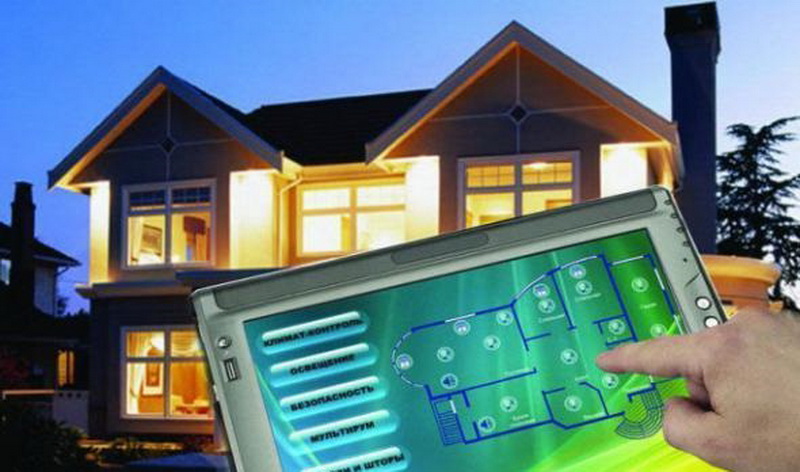
Smart House
The dream of a smart home cannot be realized without centralized control of all household appliances. These include sockets, lighting, door locking systems, air conditioners, electric stoves and kettles, water and gas meters, multimedia devices, and more. A smart home differs from an ordinary one in that an electric kettle or a room fan directly turns on the application, and not the hands of the owner, who at that time may lie on the couch or drive home from work. In general, the whole idea of a 'smart home' is another attempt to shift all household responsibilities onto a third party, in this case an electronic one. Previously, the concept was implemented by the production and sale of a heap of wires, IR remote controls, power elements and adapters to humans.
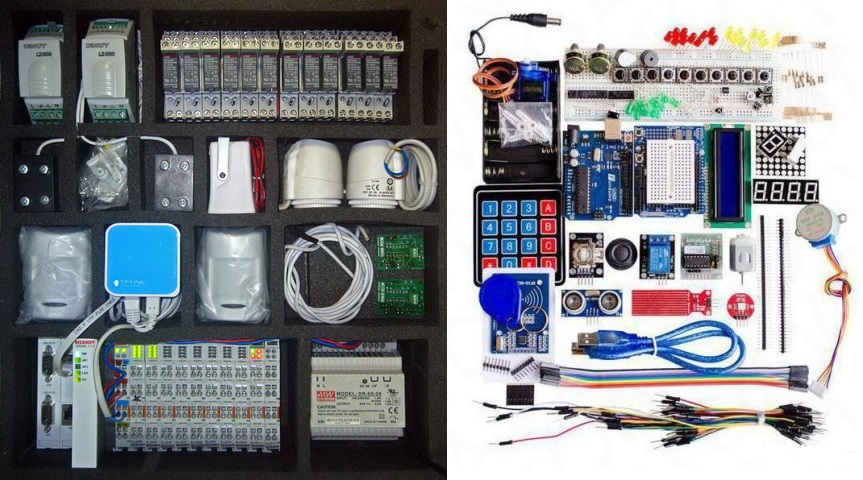
In all this chaos, the owner of the house himself (or with the help of a hired specialist) had to change the configuration of all electronics in the house, adding add-ons with an IR transceiver to everyone's usual things, or even deeply embedded in the power supply system of the apartment / house. All connected devices were controlled from one wireless remote control with an insane number of buttons. Such sets are still on sale and can cost more than one hundred thousand rubles. But is this what we really want?
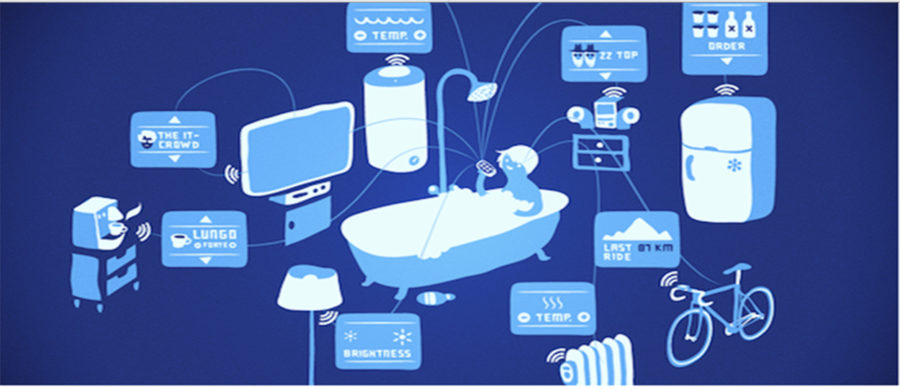
Of course not. The image of a real smart home is perfectly shown in the entire galaxy of space series, where the captain gives commands to a smart ship using only his voice. To implement such a grandiose project, two options are possible:
- All devices are equipped with a human-machine voice interface and are connected to a single network.
- One voice human-machine interface for all devices that are connected to a single network.
This is the basic concept of the 'Internet of Things', which is designed to solve the problem of not only the 'smart home', but also the 'smart world' in the future.
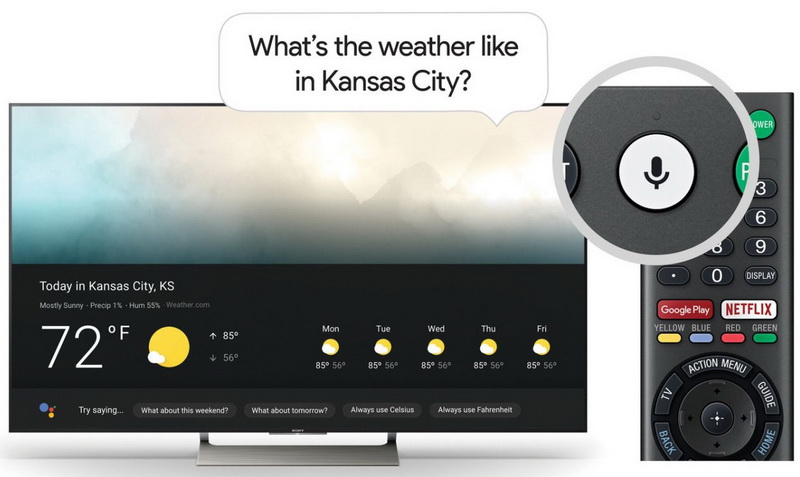
A prime example is Sony TVs with full Google Assistant support.
Google is closest to the implementation of the first option. Support for the Google Assistant service will very soon appear as a product characteristic in electronic stores. But so far, only voice control of the TV using Android TV via Google Assistant has been implemented.
The second option, which seems more interesting, is in its infancy. It certainly leads Apple with HomeKit devices. Why more interesting? Imagine you are in the living room, will the smart refrigerator in the kitchen hear you? But a single universal interface will hear. The advanced Smart Speaker is most suitable as a universal human-machine interface in the concept of a 'smart home'. At its core, it will be a manager, valet, laundress, cleaner and maid in one bottle. Perfectly. At this point in time, all these devices can only access the Internet as part of the implementation of voice services (Alexa, Alice, Siri and Google Assistant) and are just a smartphone without a SIM card, no matter how they look like a regular speaker.
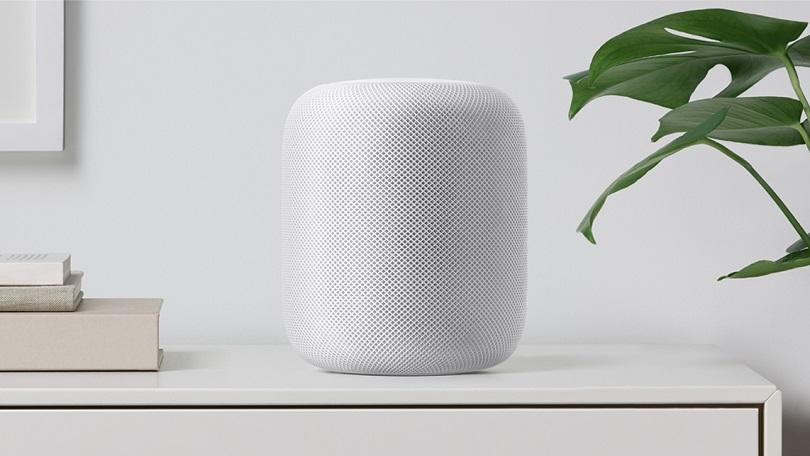
As you already understood, the loud shouts of large manufacturers that they have just made a new element for the 'smart home' are nothing more than propaganda in support of their own actions. The project is infinitely far from being realized. And the reason for this is the lack of uniform standards. Only ARM and JEDEC periodically introduce new standards that allow third-party manufacturers to manufacture promising general-purpose ARM Cortex-based platforms that are compatible with each other at the machine level. Then these platforms fall into the hands of conditional Apple or Amazon, and compatibility evaporates.
But there is still hope for accelerating progress. In the last decade, the world of electronic component manufacturers has experienced a boom in mergers and acquisitions. According to some analysts, this is due to the departure from the affairs of the first founders of large companies. Their place is taken by young and reactive managers who are not shy about the means to achieve their goal – to maximize profits (this is the main condition for increasing their personal monetary reward).

An example of such a takeover happened quite recently. Arrow Electronics acquired Einfochips to accelerate development of its own 'sensor-to-sunset' IoT platform. The purchase includes not only hardware, but also programming and machine learning tools, Big-data analysis algorithms, and most importantly – 1,500 engineers specializing in IoT architecture. This is just one example, dated January 3, 2018. In the past year, similar purchases and mergers have occurred continuously, with billions of dollars constantly changing hands. In the future, there will be a few really large manufacturers (with hundreds of trillions of dollars in assets), which will be much easier to agree on the compatibility of their devices for the 'smart home'. What if not?
What if not?
Imagine that all major manufacturers offer a complete smart home solution. What would you choose? Google, Amazon or Apple? It doesn't matter what you choose, friends, in the end you will still become a slave to this corporation. Why? How many times a day do you turn on the light, change channels on the TV, drink tea, use the Internet? Now all this will be done for you by 'Ok Google', 'Hey Siri' and other assistants. How quickly can you learn to rely on them completely? And how much will you be willing to pay for a failed branded smart socket if the sockets of any other manufacturers are not compatible with the 'smart home'? Too much addiction that affects our lives, isn't it?
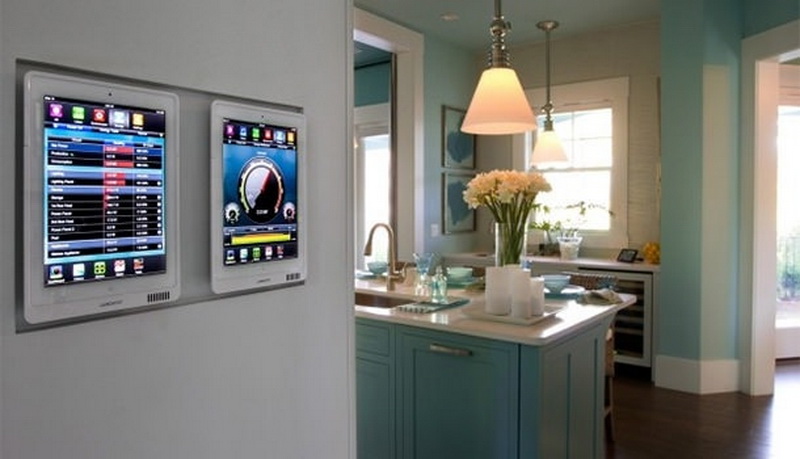
Friends, tell us what you think about all this. And I would very much like to hear the opinion of the owners of Smart Speakers from Google, Apple, Amazon or Google, do you feel some discrimination that your speaker conducts in relation to competing services?
